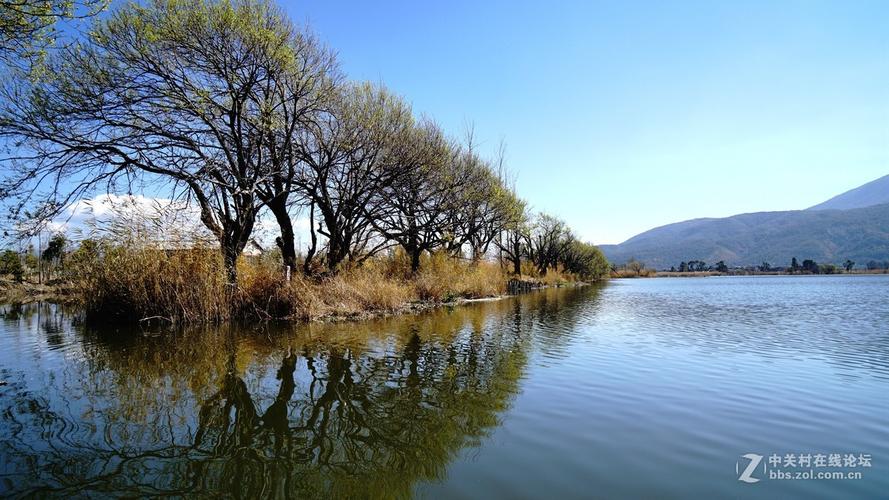Best Destination Positioning Examples for Tourism Marketing
The world of tourism is constantly evolving, and as travelers become more discerning, traditional marketing strategies are no longer enough to stand out from the crowd. Destination positioning, therefore, has become a crucial aspect of tourism marketing, ensuring that destinations are marketed to the right audience and in the right way.
In this article, we’ll take a closer look at some of the best destination positioning examples available in the tourism industry, which have helped to drive tourism growth and success in the long term.
1. Iceland – A destination for adventure travelers
Iceland has successfully positioned itself as a destination for adventure-seeking travelers, emphasizing on natural wonders like waterfalls, glaciers, and hot springs. This strategy has helped the country build a unique and strong brand image that sets it apart from other destinations.
Iceland also leverages its strategic location by promoting the Northern Lights; this enables the country to attract travelers that are interested in stargazing and experiencing the wonders of the universe.
2. New Zealand – A destination for eco-tourists
New Zealand has positioned itself as an eco-tourism destination, emphasizing conservation efforts and sustainable tourism. The country’s clean and green image is a key driver of tourism, attracting visitors who care about the environment.
New Zealand has also capitalized on its unique flora and fauna, with stunning national parks, marine reserves, and wildlife sanctuaries. This has helped the country establish a strong reputation as a green tourist destination.
3. Swiss – A destination for luxury travelers
Switzerland has effectively positioned itself as a destination for luxury travelers, targeting high net worth individuals with exclusive ski resorts and luxury hotels. The country’s natural beauty and picturesque towns are also a major draw for travelers seeking luxury experiences.
Switzerland has created a sense of exclusivity and charm by emphasizing on authentic and traditional experiences, from dining experiences to luxury spa treatments.
4. Costa Rica – A destination for wellness travelers
Costa Rica has positioned itself as a destination for health and wellness tourism, offering yoga retreats, natural hot springs, and sustainable eco-lodges. The country’s focus on sustainability and eco-tourism also attracts travelers who prioritize wellness and mindfulness.
Costa Rica’s wellness tourism strategy has helped the country to differentiate itself in the market, while also attracting health-conscious travelers from all around the world.
Conclusion
Destination positioning is critical in the tourism industry, and it can mean the difference between success and failure. As we’ve seen from the above examples, effective destination positioning involves understanding the desires and interests of the target market and developing a unique brand image that resonates with this group.
Ultimately, a strong destination positioning strategy can help to promote tourism growth, attract visitors, and build a destination’s reputation in the market. Therefore, destinations must ensure that their marketing strategy reflects their unique selling points and is tailored to their target market to drive tourism success.
(Note: Do you have knowledge or insights to share? Unlock new opportunities and expand your reach by joining our authors team. Click Registration to join us and share your expertise with our readers.)
Speech tips:
Please note that any statements involving politics will not be approved.
